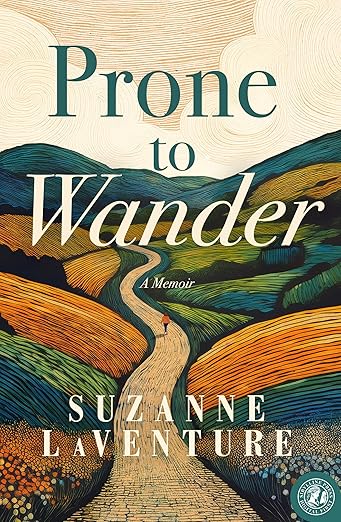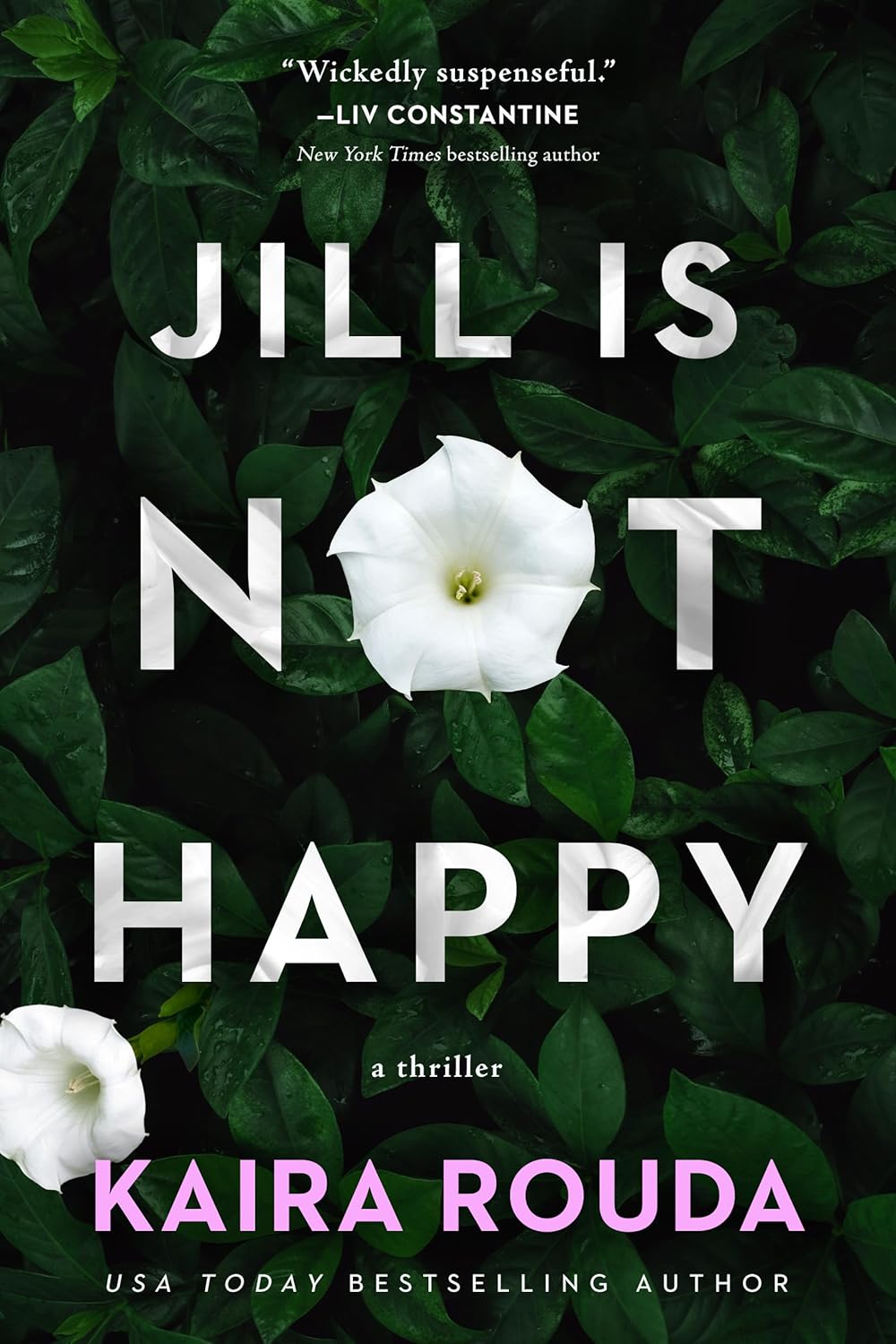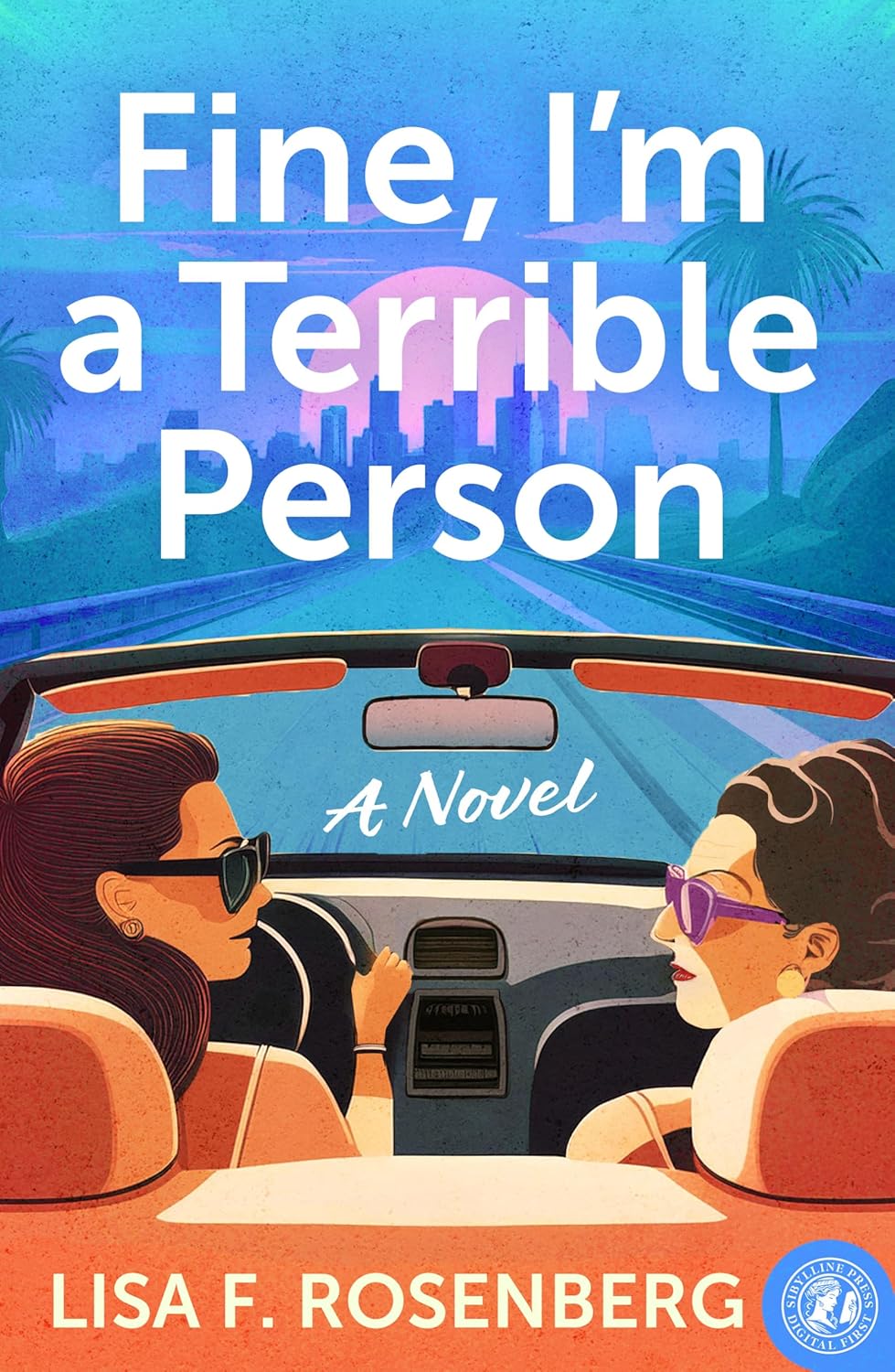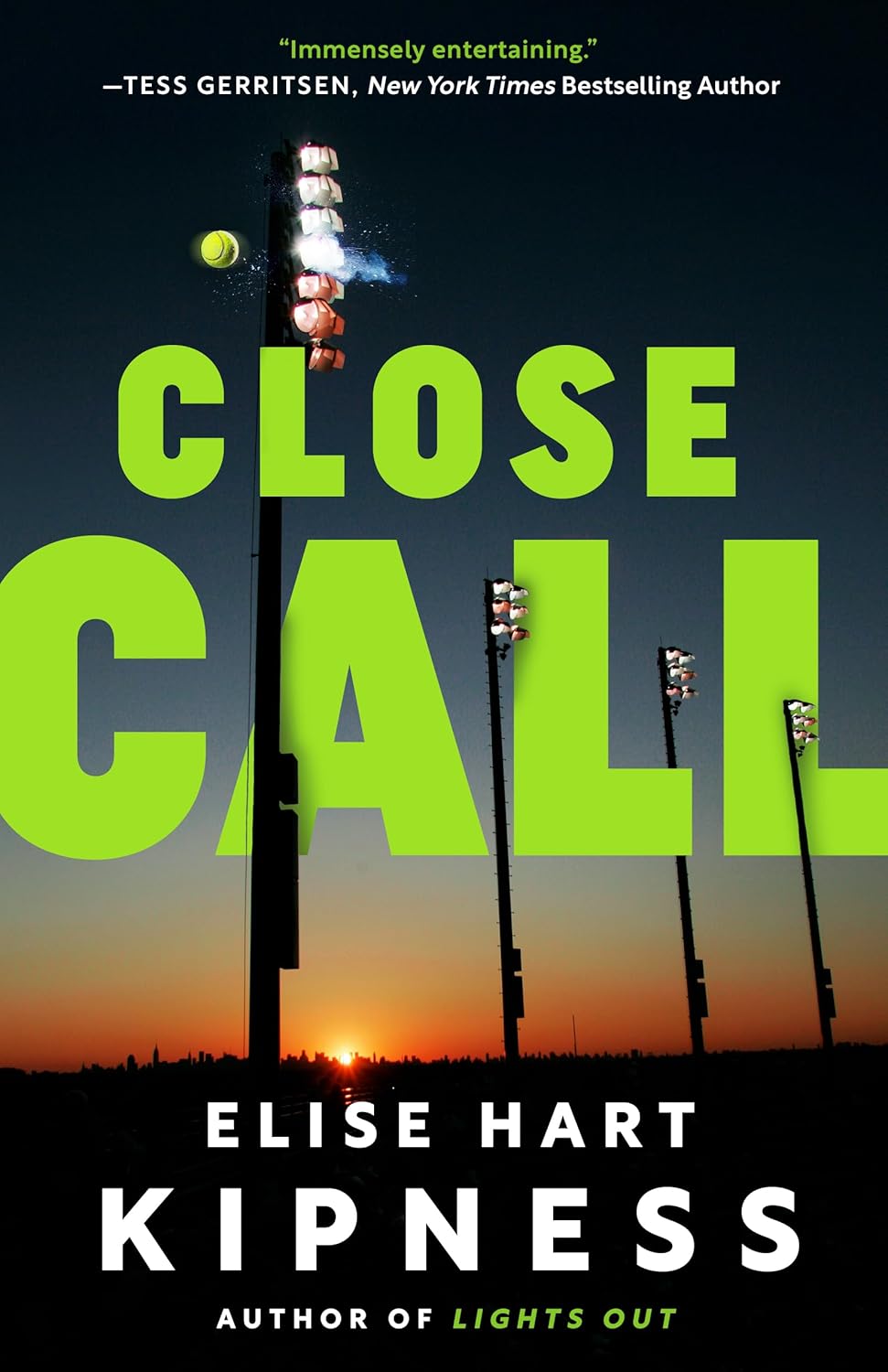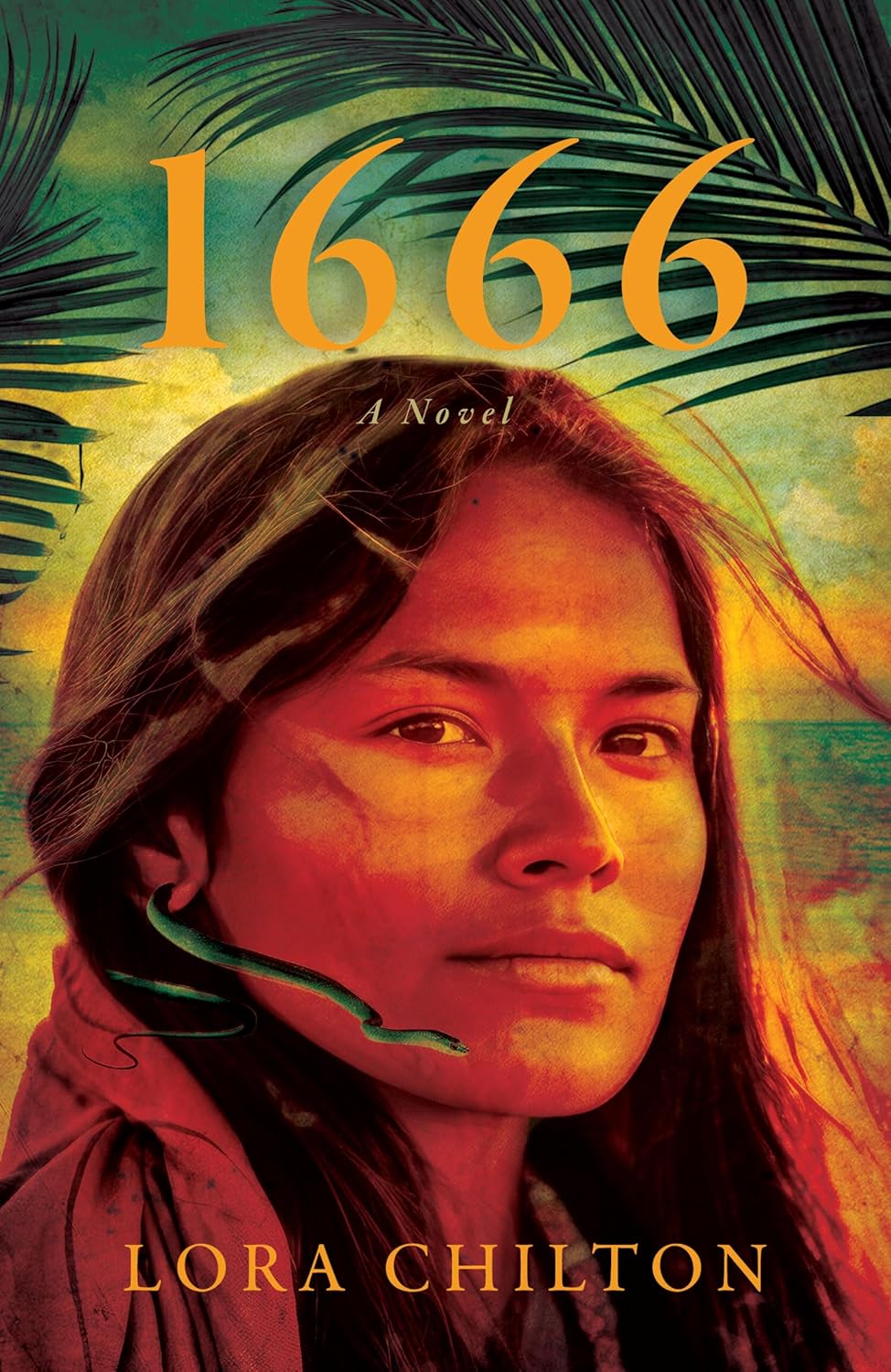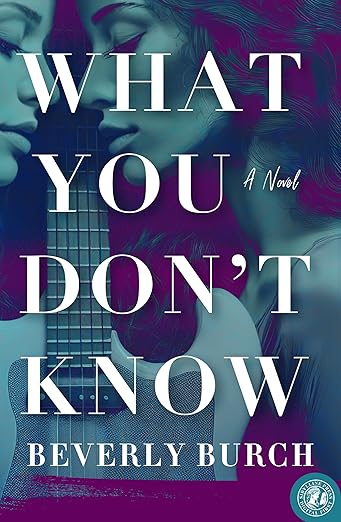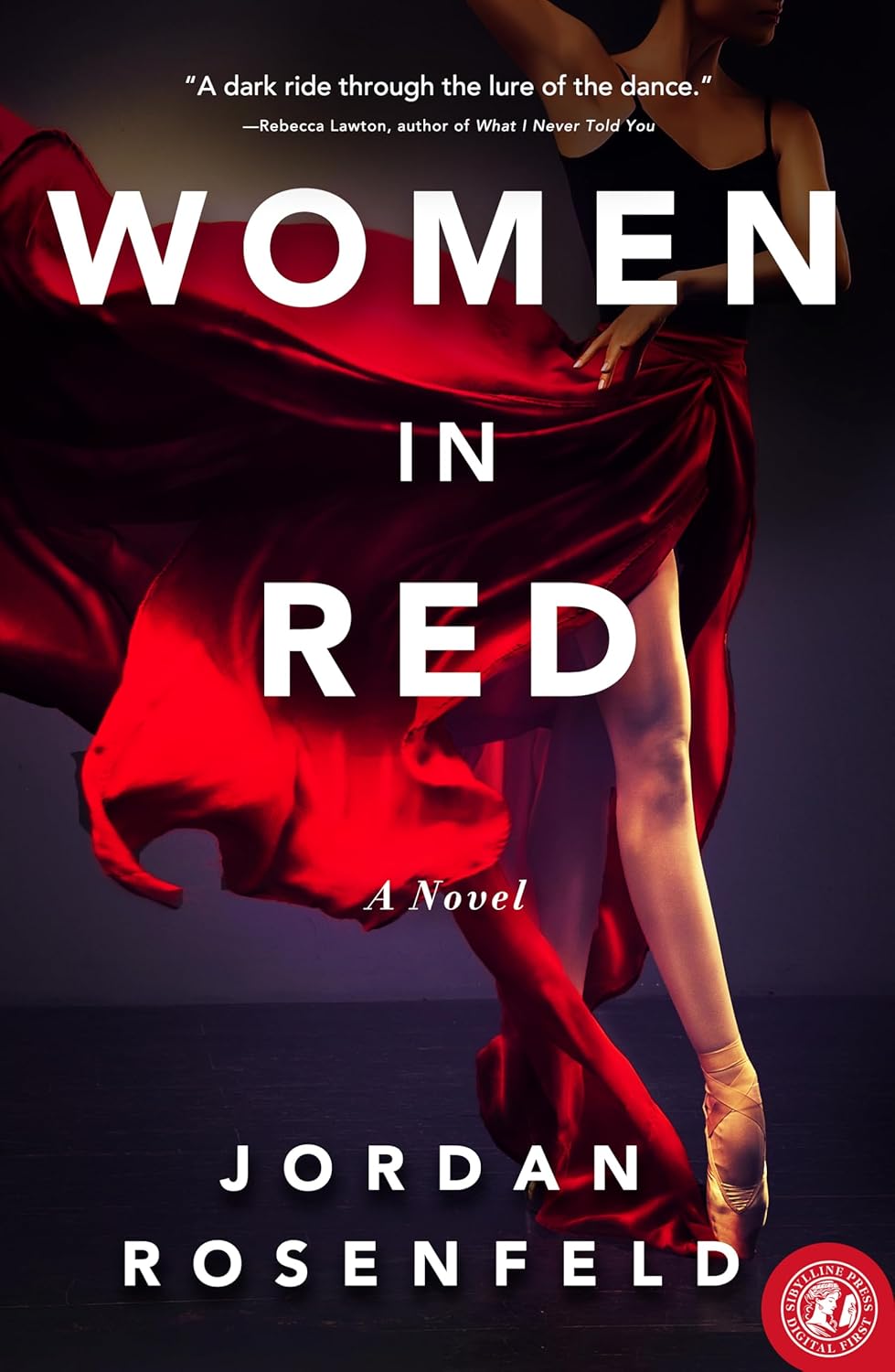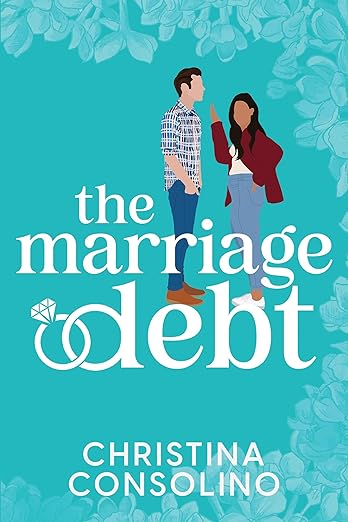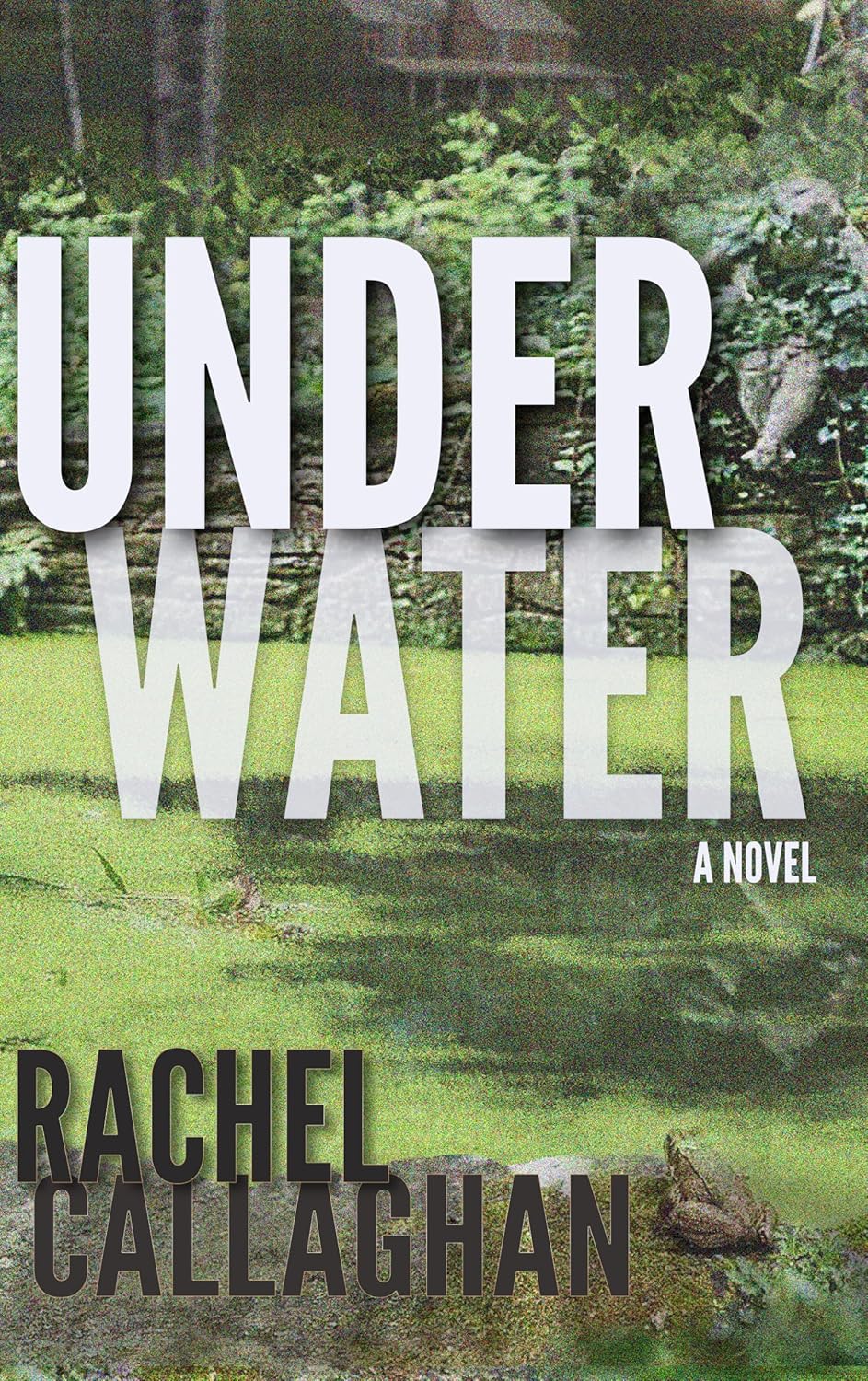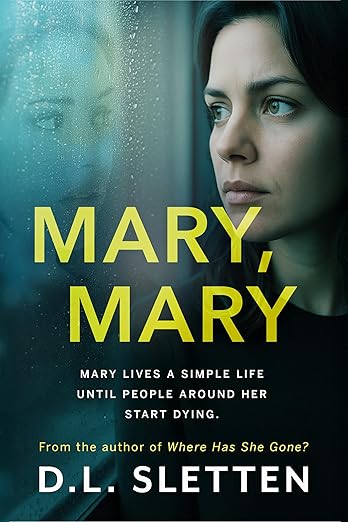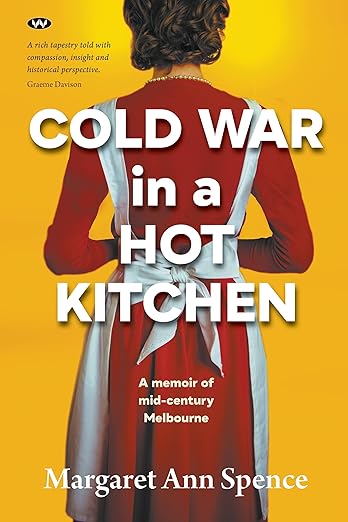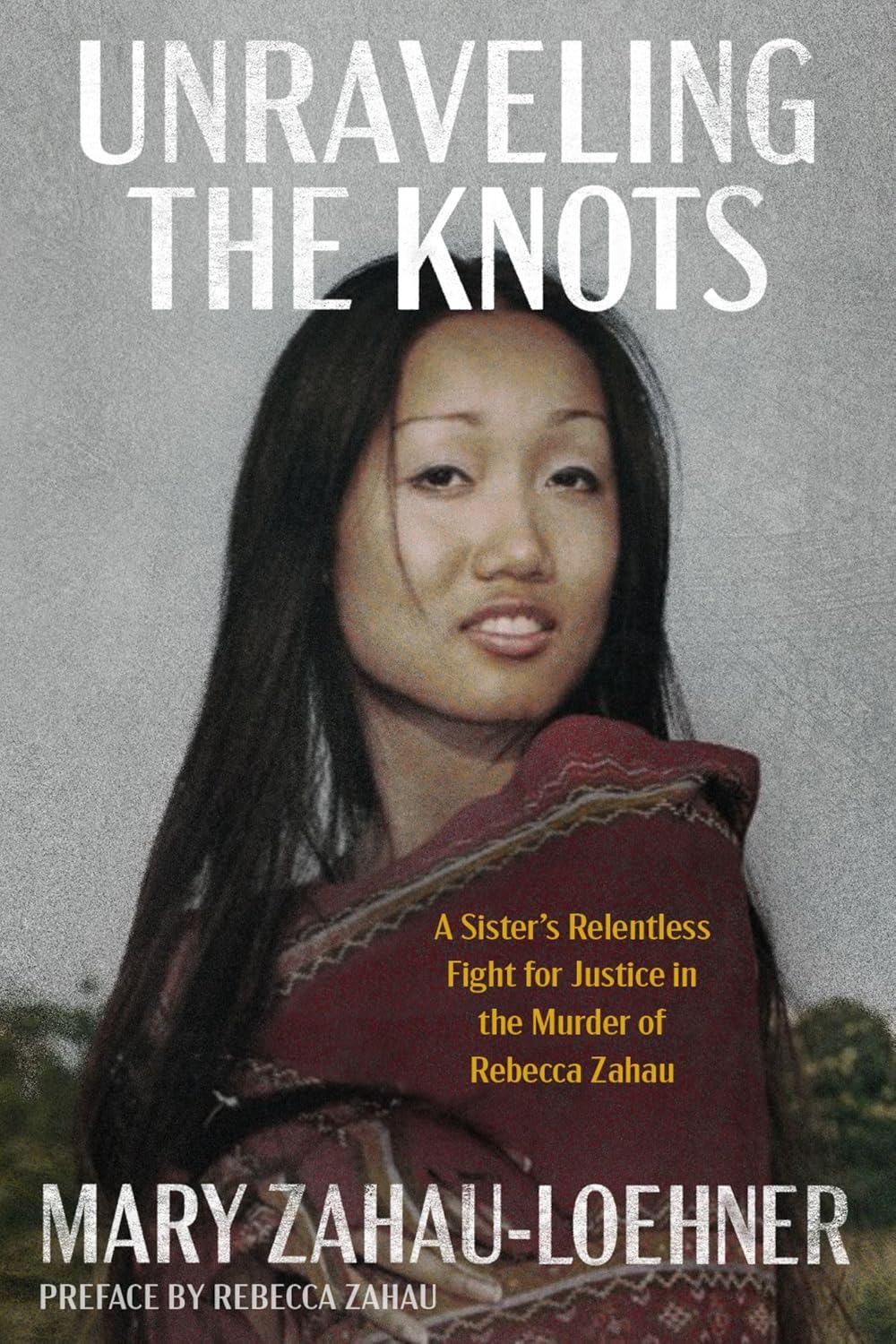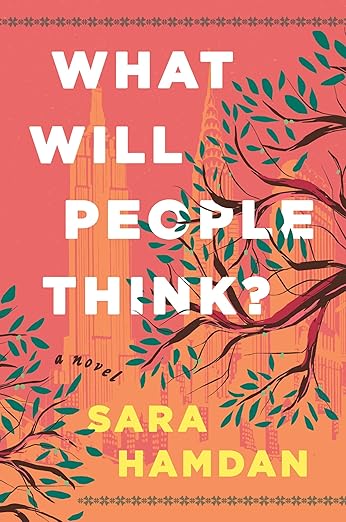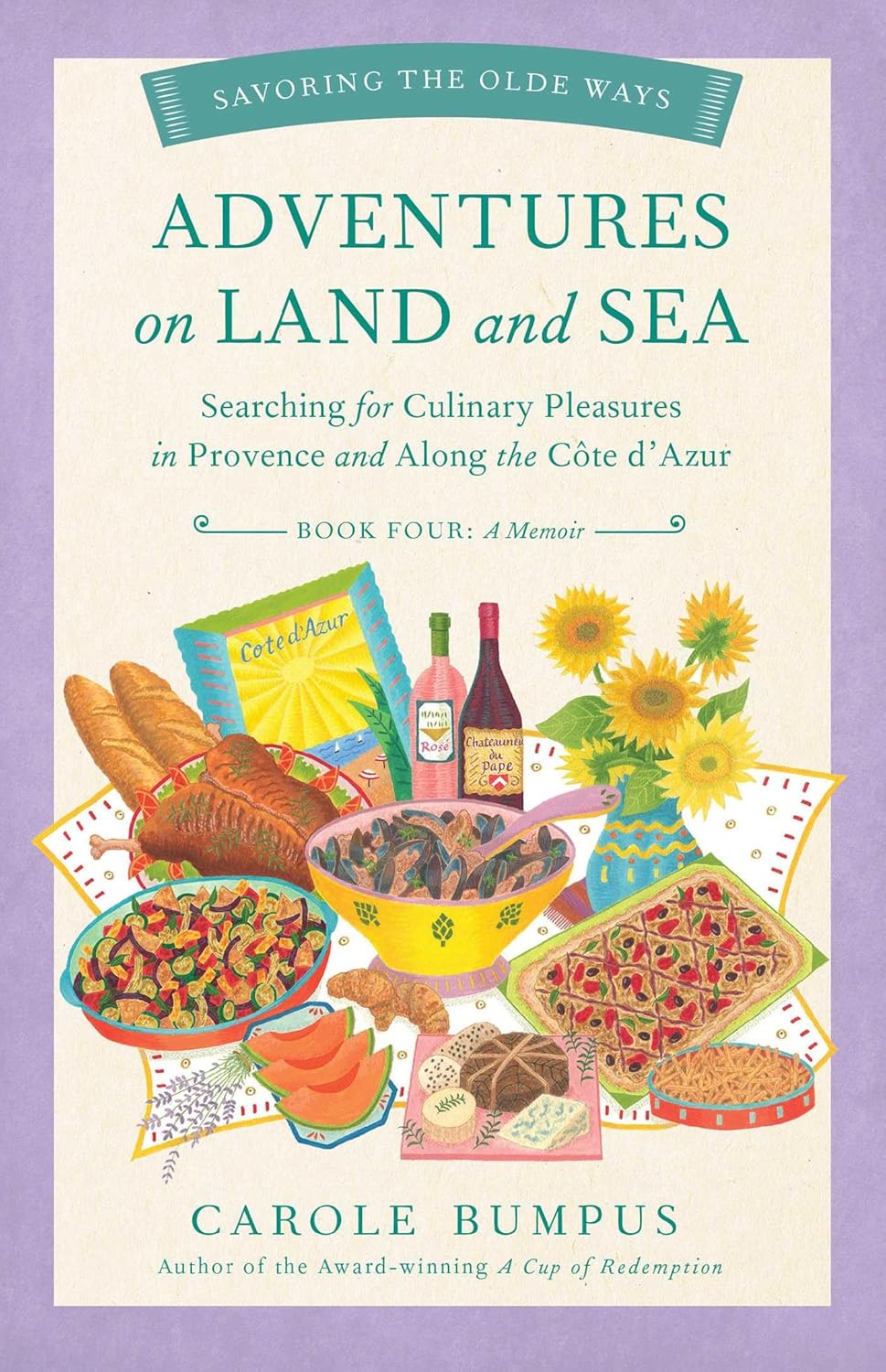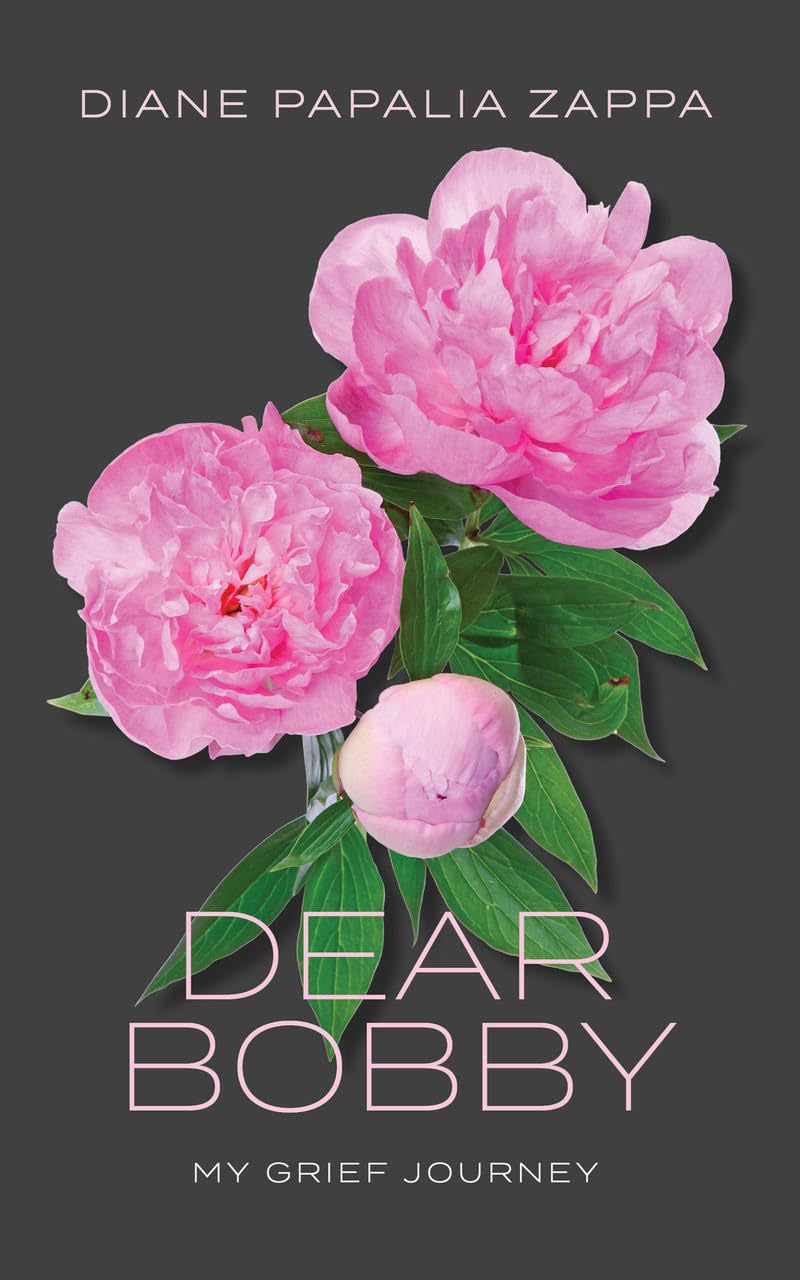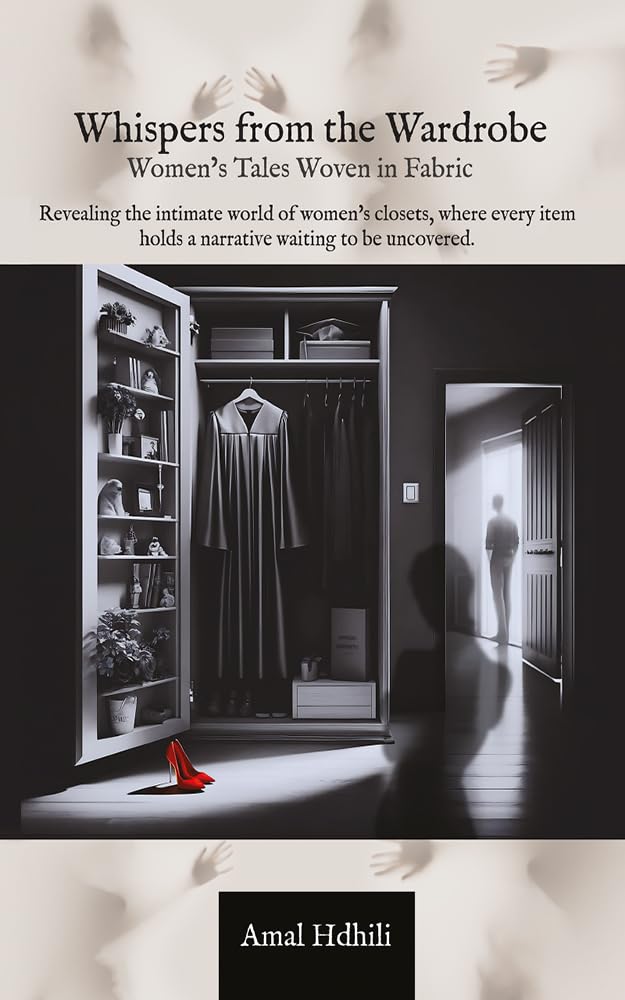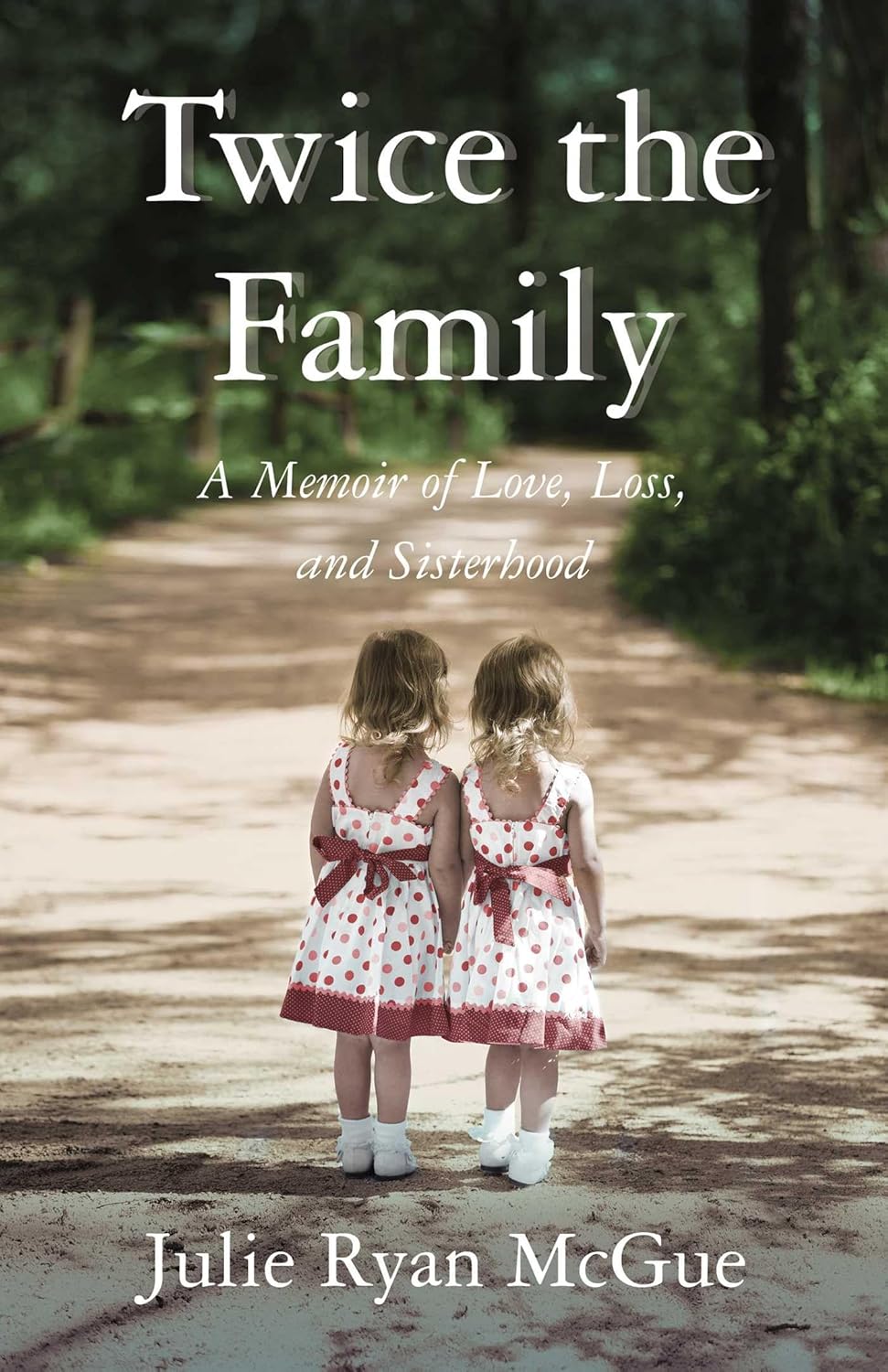On Writing Feed Us with Trees: Nuts and the Future of Food
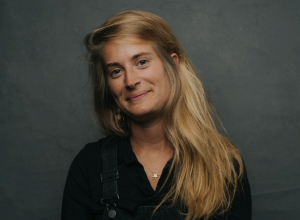 A few years ago, the title of a friend’s email caught my eye. “ACORNS ARE EDIBLE!” it read. The link below took me to a TEDx Talk by a woman in Greece who claimed that not only are acorns edible; they are a superfood. The woman went on: acorns are one of humanity’s oldest staple
A few years ago, the title of a friend’s email caught my eye. “ACORNS ARE EDIBLE!” it read. The link below took me to a TEDx Talk by a woman in Greece who claimed that not only are acorns edible; they are a superfood. The woman went on: acorns are one of humanity’s oldest staple
foods and have been tended all over the northern hemisphere for millennia. I sat there watching in disbelief, slowly absorbing the news that would eventually inspire my new book, Feed Us with Trees: Nuts and the Future of Food.
When the talk finished I closed my laptop and walked across the driveway to look up at the canopy of white oaks that shaded it. An acorn fell and I picked it up to examine the smooth, brown shell, needle-sharp tip, and oblong shape. No cap, I noted, but there were plenty of
those still attached in clusters to the branches swinging overhead, the leaves fluttering glossy green and some beginning the slow fade to burgundy. Really? I thought as I cracked the nut open and examined the pale ivory kernel inside. All along, these have been food?
Yes, I confirmed over the coming days and months as my interest in acorns expanded to tree nuts in general. Chestnuts and hazelnuts, too, I learned, have long been tended as staple crops —everyday foods like rice or wheat. I began connecting with others interested in these trees, and as I did, a story began taking shape. In losing our connection to these trees, I began to see, my culture and my people have become disconnected from our place in the natural world. These nut trees are “keystone” species—trees as important to their ecosystems as the keystone in a Roman arch. Without them, entire ecosystems fall apart. And in a vast array of traditional cultures, it has been our job in the web of life to keep these trees dominant on the landscape.
I was part of a culture, I began to recognize as I dug deeper, that has become so disconnected from our ecological place on the land that we no longer recognize ourselves as part of it. I’d always thought of our presence on any given landscape as largely negative. We felled forests and polluted streams and mined mountaintops and emitted loads of greenhouse gases. But as I got to know the nut trees and Indigenous Knowledge Keepers and tree breeders who had held onto the connection with these keystone trees, I kept hearing the same thing again and again: without our stewardship, these trees were having trouble regenerating. For millennia we’ve played a key role in their tending—through fire and coppice and pollard and other ancient techniques—and without us, they and countless other dependent species were disappearing. I thought of all the post-apocalyptic movies I’d ever seen with humans finally thrown off the land and the natural world thriving. Humans instead as vital? It was the ultimate narrative shift.
But like any narrative shift, it was unsettling. I began wondering what else I didn’t know about the edible world around me. I’d been a journalist for ten-plus years, producing a weekly show on food for my local National Public Radio station since 2008. Over the years I’d interviewed countless farmers, fishermen, cooks, and so many others involved in our local and national food scenes, and yet somehow, I’d missed something as elemental as the fact that the forest I lived in
that I’d always considered “wild” and “natural” was raining an edible nut that needed our human tending.
What’s more, the narrative shift was easier to experience internally than it was to explain and express on paper. In the confines of my rapidly expanding imagination, as I began to get to know other wild edible plants like milkweed and Juneberries, the story leapt and eddied, jumped and curved. The dots connected themselves, and I suppose I thought they’d do the same in my writing. But when I showed early drafts of the book to friends and family, they couldn’t follow along. Why is this here? They’d ask about passages that felt central to me.
When I finally found the missing piece, the dot connector, it was me. In retrospect I see that these first drafts were clinical and journalistic, an attempt to separate this potentially very public book from my personal life. They had facts, but no central narrator; no characters beyond the many subjects I was jumping between. Ironically, these first attempts were suffering for the same reason as the trees—I’d removed the human protagonist. Stories, I’m reminded in moments like these, run deeper than we think.
Finally, a wise editor told me to treat the story like pancake batter. Don’t think about the facts, she said. You’ve already got those down. Tell us instead how you got here; then fold the facts into that batter.
The draft that came next began to spark excitement in my readers. I treated the facts like berries, the personal narrative like thick, solid batter. If I wanted to tell the story that was clawing to get out of my heart and onto the page, I realized, I needed to take readers along with me on every discovery. At times this meant backtracking a little and rearranging the narrative order of when I’d learned certain things, separating out insights that had come in a cascade so they followed each other more logically. At other times it meant adding a bit of foreshadowing or a flashforward, hinting at events and learning yet to take place. And always, it meant questioning what else I wasn’t seeing.
Finally, on the sixth or maybe seventh time through, all the readers began to get it. This is so fascinating! My mother said of a chapter she’d read at least eight times. I’d laughed at the time, thinking to myself that I could swear it’d said the same thing the whole time, but clearly, it hadn’t. Like any recipe worth serving, it had started with the right ingredients, but the key was in the fine tuning.
—
Elspeth Hay is a writer and the creator and host of the Local Food Report, a weekly feature that has aired on Cape Cod’s NPR station since 2008. Deeply immersed in her own local-food system, she writes and reports for print, radio, and online media with a focus on food, the environment, and the people, places, and ideas that feed us. She lives in Wellfleet, MA.
She is the author of Feed Us with Trees: Nuts and the Future of Food (published by New Society Publishers, July 15, 2025).
Feed Us with Trees: Nuts and the Future of Food
 A new and ancient story about perennial nut trees, our ecological role as humans, and the future of food
A new and ancient story about perennial nut trees, our ecological role as humans, and the future of food
The day Elspeth Hay learned that we can eat acorns, stories she’d believed her whole life began to unravel.
Until then she’d always believed we must grow our staple foods in farmed fields― the same fields wreaking havoc on our land, air, and water. But all over the Northern Hemisphere, Hay learned, humans once grew our staple foods in forest gardens centered on perennial nut trees: oaks, chestnuts, and hazelnuts. In Feed Us with Trees, Hay brings us along as she gets to know dozens of nut growers, scientists, Indigenous knowledge-keepers, researchers, and food professionals―and discovers that in tending these staple trees, we once played a vital environmental role as one of Earth’s keystone species.
Feed Us with Trees is Hay’s hopeful manifesto about a brighter, more abundant world― and a critical look at the long-held stories we’ll need to rewrite to build it. It will appeal to environmentalists, regenerative farmers, permaculture enthusiasts, agroforesters, locavores, and anyone hungry for a more vibrant future.
BUY HERE
Category: On Writing




